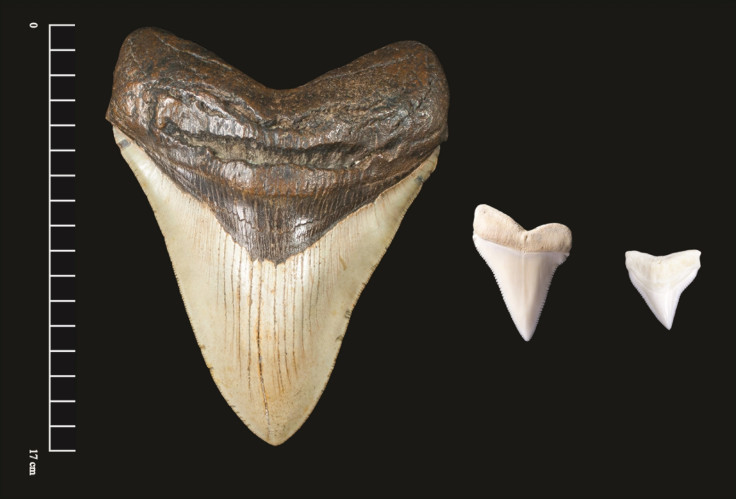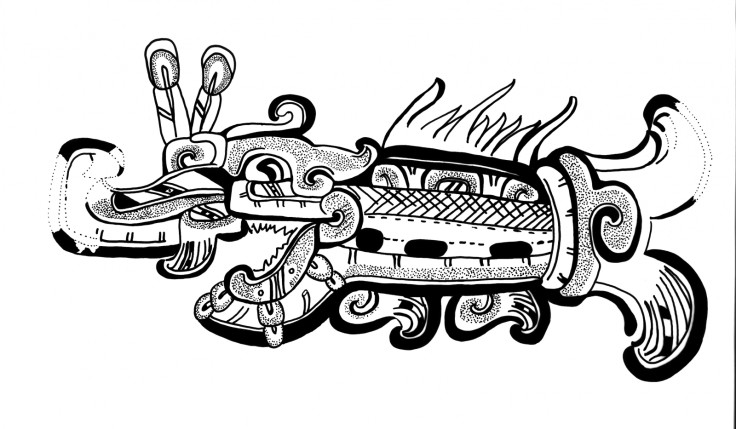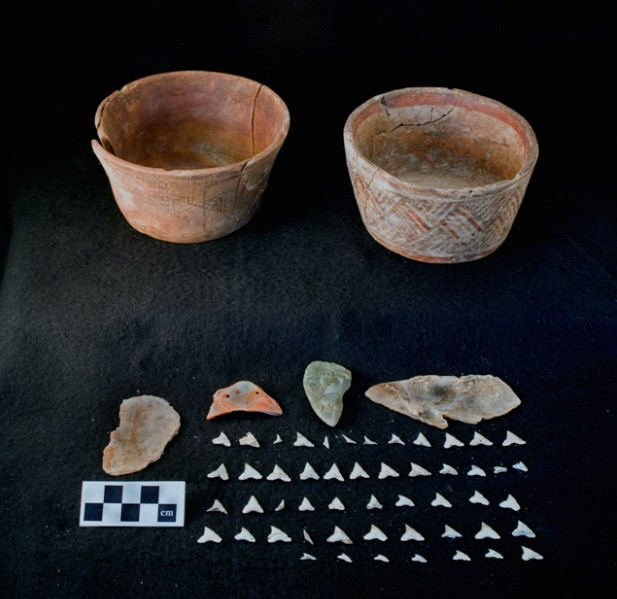Single-toothed sea monsters haunted imaginations of inland Maya people
Terrifying sea monsters are depicted in 3,000-year-old art from Mesoamerican sites far away from the coast.

Sharks and sea monsters were feared throughout the Maya civilisation, even by people living in the middle of the jungle who had almost certainly never even seen a living shark, a new study finds.
Relics and representations of sharks and shark-like sea monsters have been found hundreds of kilometres inland in the interior of the Yucatán Peninsula, according to the study published in the journal Antiquity.
Bits of sharks – meat and teeth – would have been transported inland, and people far from the sea pieced together what these sea creatures would have looked like from the remnants they saw and the stories of travellers, argues study author Sarah Newman of James Madison University in the US.
Remnants of sharks, especially durable teeth, have been found in inland Mesoamerica dating back to 1700 BCE.
The teeth were also used as spiritual offerings. Fossil teeth from an enormous extinct shark species - Carcharocles megalodon, which measured up to 18 metres long – were found at a temple in the city of Palenque, in modern-day Mexico.

"Megalodon teeth are nearly three times the size of those from modern great white sharks and roughly five times the size of an average bull shark's teeth," Newman writes in the study.
Xook
Scholars have argued that the Maya word for shark – xook, pronounced 'shōk' – is the origin of the English word.
However, the word also appears in a letter from July 1442 from the secretary of King Henry VI, Thomas Bekynton:
"Friday, at sea, in a calm, about seven in the evening, as we thought, a fish, called a shark, pursued the ship".
This letter was before the time of European-American contact, suggesting the word originated elsewhere and the similarity could be a coincidence.
Source: Newman
The idea of sharks was incorporated into art in the area from the First Millennium BCE to the 15th Century CE. However, as the inland Maya people may only have seen one tooth at a time, their artistic representations of sharks were also single-toothed.
"The Maya in the jungles of Chiapas may have logically suspected that enormous, single-toothed sharks continued to dominate the seas," Newman says.
"The Maya conceptualised, commodified and experienced sharks – both real and fantastical – in ways that simultaneously maintained a sense of wonder with natural phenomena, while serving grander cosmic purposes," she says.
"It is little wonder that these and other shark teeth – in the case of megalodon, each one larger than the span of an average adult man's hand – captured the Maya imagination and became prominent attributes of gods and monsters."

© Copyright IBTimes 2025. All rights reserved.






















